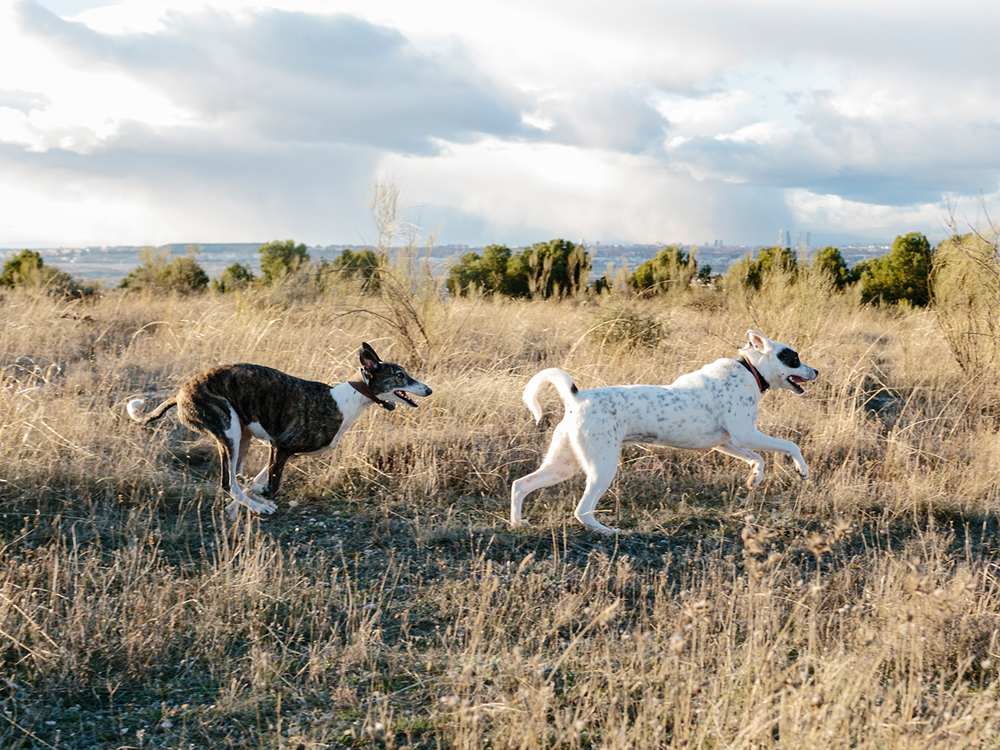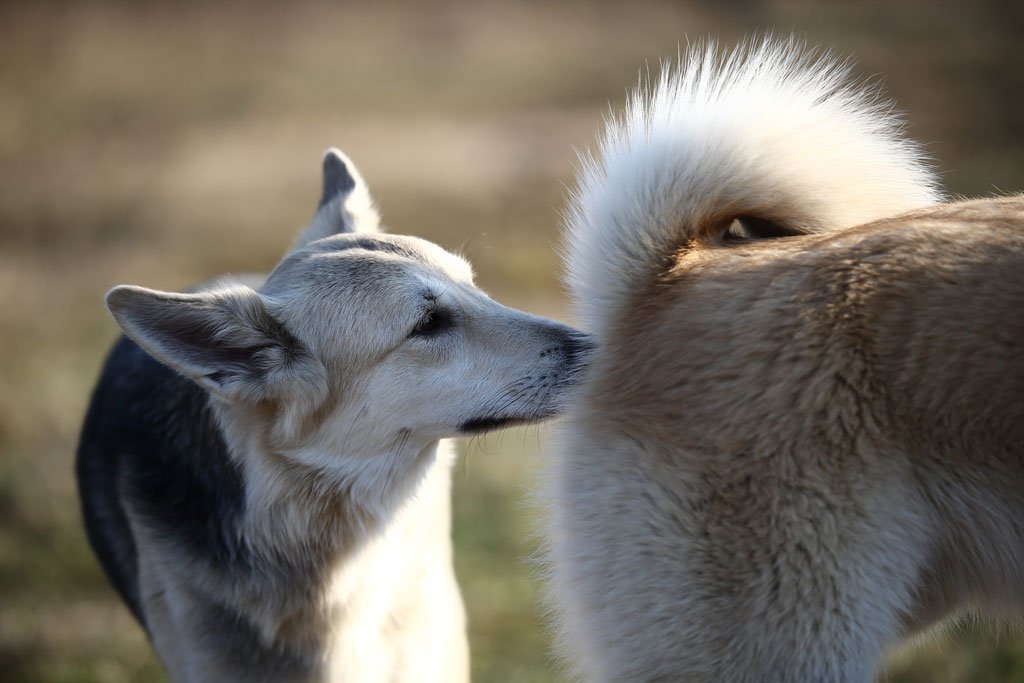As soon as I saw the headlines about canine cancer spreading through each other’s private areas, I became alarmed. Like all dogs, my dogs love to sniff other dogs.
It turns out that it is not very common in my area of the United States and it is also not particularly dangerous. It’s nothing to be alarmed about but it is good to have the information when protecting your dog.
Canine cancer contagious – what is it?
Cancer does not spread. Usually.
You may have heard about Human Papillomavirus, a human virus that is transmitted through sexual contact. Gardisil is the vaccine that prevents this virus.
HPV is usually asymptomatic in humans, although it can cause genital warts in certain people. In rare cases, the virus may also lead to cell mutations that result in cancers such as cervical, penile, vulvar and throat. The virus does not itself cause cancer. It only increases your risk.
The virus does not cause Canine Transmissible Venereal Tumor (CTVT). The cancerous cells behave similarly to a virus and spread at any point of contact.
Most often, dogs get CTVT in their genitals from mating. Sniffing, licking, and rubbing their face, nose, or mouth can cause the virus.
It’s not a viral disease, so there is no vaccine to stop it. It’s also interesting to know that, as far as I am aware, similar cancers do not exist in humans.

Can CTVT be found in dogs?
CTVT occurs in areas of the globe where dogs are allowed to run, interact, and mate without much human interference. CTVT is common in rural areas, cities with many street dogs and countries that have low rates of spay/neuter.
In the United States, Canada and many other countries where dogs are usually spayed or neutered before they roam free and do not have the right to roam freely, CTVT is rare.
What Can I do to protect my dog from CTVT?
You probably won’t need to be concerned unless you live in a place where this is common.
It is wise to confine your dog to the house, have a fence around your backyard, keep them on a lead, and prevent them from wandering. This will not only reduce your risk of spreading infectious diseases to any other dogs, but it will also protect your pet from being hit by a vehicle, stolen or lost.
You don’t need to be concerned about your dog smelling their friend or other frisky behavior if you regularly visit a park for dogs. If your dog’s pals aren’t allowed to roam freely in rural areas they are unlikely to be carriers of CTVT.
It’s a good thing to have your dog fixed if they are not. The pros and cons of spaying or neutering your dog are hotly debated. However, the two biggest benefits include reducing the desire to wander and preventing infections in the reproductive system.
Researchers suspect that the increase in CTVT in recent years is due to more people adopting dogs from abroad.

Where is CTVT most prevalent?
You may need to protect your pet from the CTVT if you are traveling abroad with them. You can find out where cancer is the most common in the below chart.
In 90 of these countries, CTVT affects more than 1 percent of the dog population.
Take extra precautions to prevent your dog’s interaction with roaming dogs if you are in a CTVT-prone area.
Can male dogs be more susceptible to CTVT?
Many headlines today claim that CTVT is four times more likely in male dogs. It could be misleading.
Both male and female dogs have the same risk of developing CTVT.Cancer usually occurs in the genital area, but it can also cause nasal and oral tumors.The male dogs are more likely to sniff and lick the genitals of other dogs than their female counterparts. They are therefore four times as likely as females to get CTVT. However, as a group, males have the same chance of developing CTVT.
CTVT Symptoms
Early signs of CTVT in males and females include excessive licking, or even chewing on the genitals. Skin may appear thickened, or in a different way. Tumors may appear as bumpy or textured, and may even bleed.
What is the CTVT effect on dogs?
The external genitalia of dogs with CTVT contain cancerous cells that are capable of spreading to another dog through contact.
There’s no way to know if CTVT can only be spread if a dog is exhibiting visible lesions or tumors on its genitals. Dogs are naturally curious and may be even more inclined to inspect a dog that has cancerous lesions.Good news! Only 0-5% cases spread to other areas of the body.CTVT is a good candidate for chemotherapy. Most cases can be treated and cancer does not usually spread.